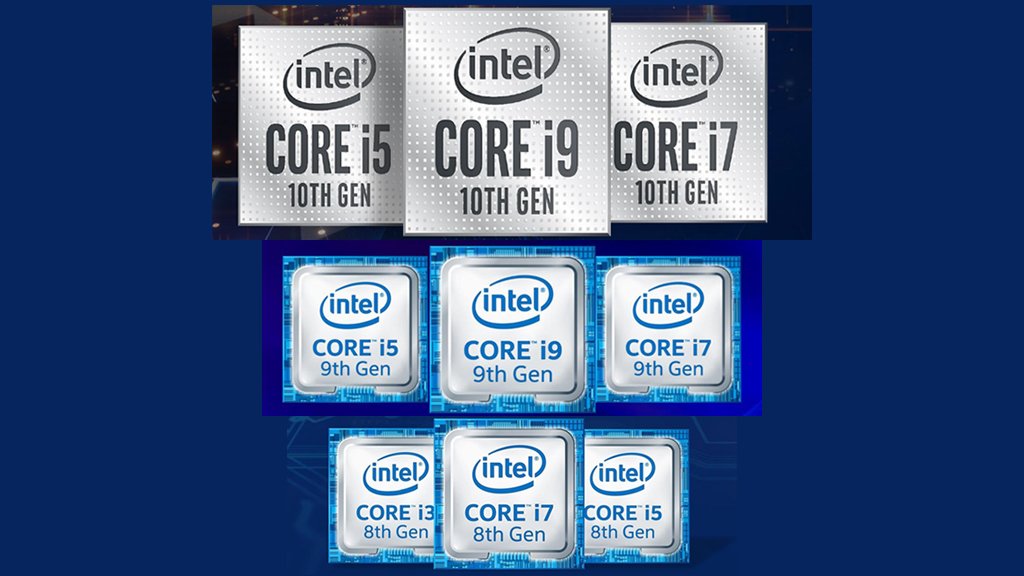

- #DIFFERENCE BETWEEN INTEL I7 GENERATIONS SERIAL NUMBER#
- #DIFFERENCE BETWEEN INTEL I7 GENERATIONS SERIES#
Technologies are used in various combinations depending on the type of processor. While the problem described above is often inherent for many-core computing. 9th generation – 14nm technology, Intel UHD 630 graphics, release 2018-2019.8th generation – 14nm technology, Intel 615-655 graphics, there are various graphics modifications that support HD and UHD screen resolutions, release 2017-2018.It is part of the Haswell generation and. 7 generation – 14nm technology, Intel 610-620 graphics Release 2016-2017. Happy frog soil for autoflowers/Intel Core i7-4700MQ is a high-end processor announced in the first quarter of 2013.6 generation – technology 14nm, Intel 530-580 graphics Release 2015-2016.

5 generation – technology 14nm and 22nm, Intel 6200 graphics Release 2014-2015.4 generation – 22nm technology, Intel 4600-5200 release schedule in 2013 year.3 generation – 32-22nm technology, the Intel 4000 graphics, release of 2011-2012.2 generation – 32nm technology, intel graphics 2000, 3000, release 2011.1 generation – made on 45nm technology in 2010 and 32nm technology, the development of 2008-1010 years, without integrated graphics.
#DIFFERENCE BETWEEN INTEL I7 GENERATIONS SERIAL NUMBER#
Not sure what generation of processor your PC has The number after the hyphen on its serial number should give you a clue for example, an Intel® Core i7-7820HQ is 7th gen. 2018’s updates are known as the 8th generation. Intel i3, i5, i7 generation processors from generation 1 to generation 9, year of developmentĪs of the beginning of 2017 there are 9 generations of processors What is the difference between Intel® Generations Each year the Intel® Core processors are updated. Only a few core i9 processor models were released. Since i9 is slightly better than i7, there is practically no sense in the development of this processor line.
#DIFFERENCE BETWEEN INTEL I7 GENERATIONS SERIES#
Core i9 – 6 – 8 physical cores, memory cache 10Mb-20Mb, i9 series was conceived as a competitor to AMD game processors. Processors for mobile devices can have 2 physical cores. Performance increased virtual cores and a large volume of cache memory. The cache memory from 8MB to 20MB in the latest models of processors. Core i7 – processors have 4 to 8 physical cores with mandatory use INTEL® HYPER THREADING TECHNOLOGY technology. Higher performance is achieved by the presence of 4 physical cores and increased volume of cache memory. Cache memory is generally 6MB but some models can have 4 or 8MB. Core i5 – mid-level processors, usually in these processors 4 physical cores, but some models have only 2 physical cores + 2 virtual. This technology creates a 2 physical cores and 2 more virtual operating system determines that the processor has 4 cores. Core i3 – Cheapest processors, these processors have 2 physical cores, to increase the speed used INTEL® HYPER THREADING TECHNOLOGY technology. Processor Core i3, i5, i7, i9 differences between series In general, the characteristics of similar processors for different types of devices. For previous generation Core processors, i7 was the class with Hyperthreading.Table of evolution of processor cores from Intel For 9 th Gen Core processors, Intel has restricted Hyperthreading to i9 only. The big differentiator is when it comes to Hyperthreading, the feature that creates two processing threads for every physical core. Speaking generally, i9s are simply faster processors than are i7s – more cores, higher clock, more cache. As I mentioned, whether a processor is called i9 is a little arbitrary, so it does get confusing, but let’s break it down: This answer depends on which Intel architecture you’re referring to. The i7-8700 features a TDP of 65W, 12MB of 元 Cache and 16 PCIe lanes. Prior to this refresh, all Core processors were i7, i5, and i3 only. The high-end hex core, 12 thread i7-8700 is second in Intel’s line up of 8th generation Coffee Lake CPUs that witnesses an increase in the number of cores at each SKU, as well as further refinement on the 14nm architecture as seen in the 6th and 7th generations. Then with 9 th gen Core (aka Coffee Lake) in 2018, Intel integrated i9 into those higher end models, starting with the 9900k. With Skylake-X, all 10-core and higher Core processors were denoted as i9 whereas in previous generations, those processors would have been i7. I9 was first introduced in June of 2017 with 7 th Gen Core X release (aka Skylake-X) to go alongside the i7 line. It’s less of a sub brand, more of a model number and to be honest, it’s a little arbitrary. So how has Intel differentiated i7 vs i9? What features does Core i9 have that i7 doesn’t? What is Intel Core i9Ĭore i9 is Intel’s naming convention for their top-end set of non-Xeon processors. But with the latest generation architecture, Intel introduced a new Core i9. In previous posts, we’ve discussed Intel’s Core i5 processor vs Core i7.






 0 kommentar(er)
0 kommentar(er)
